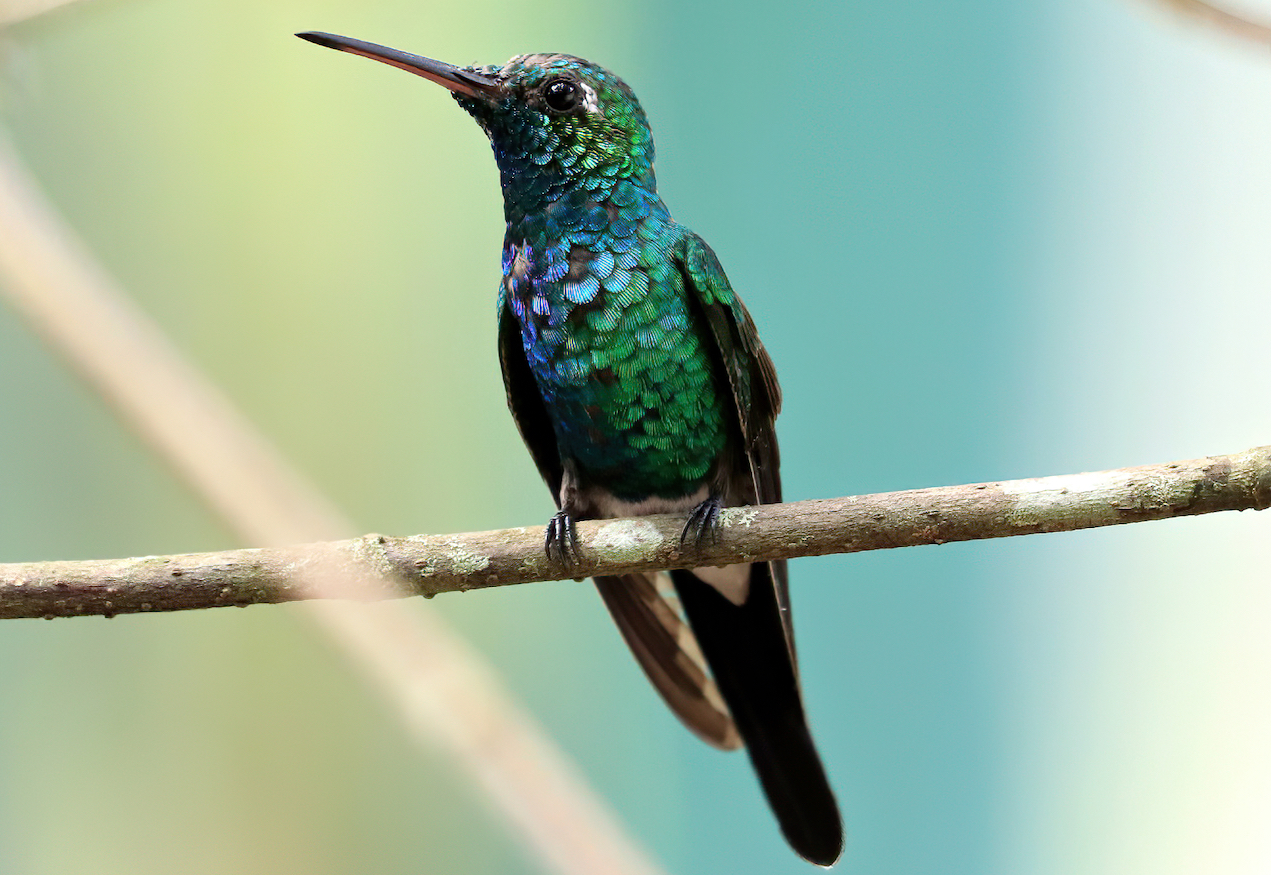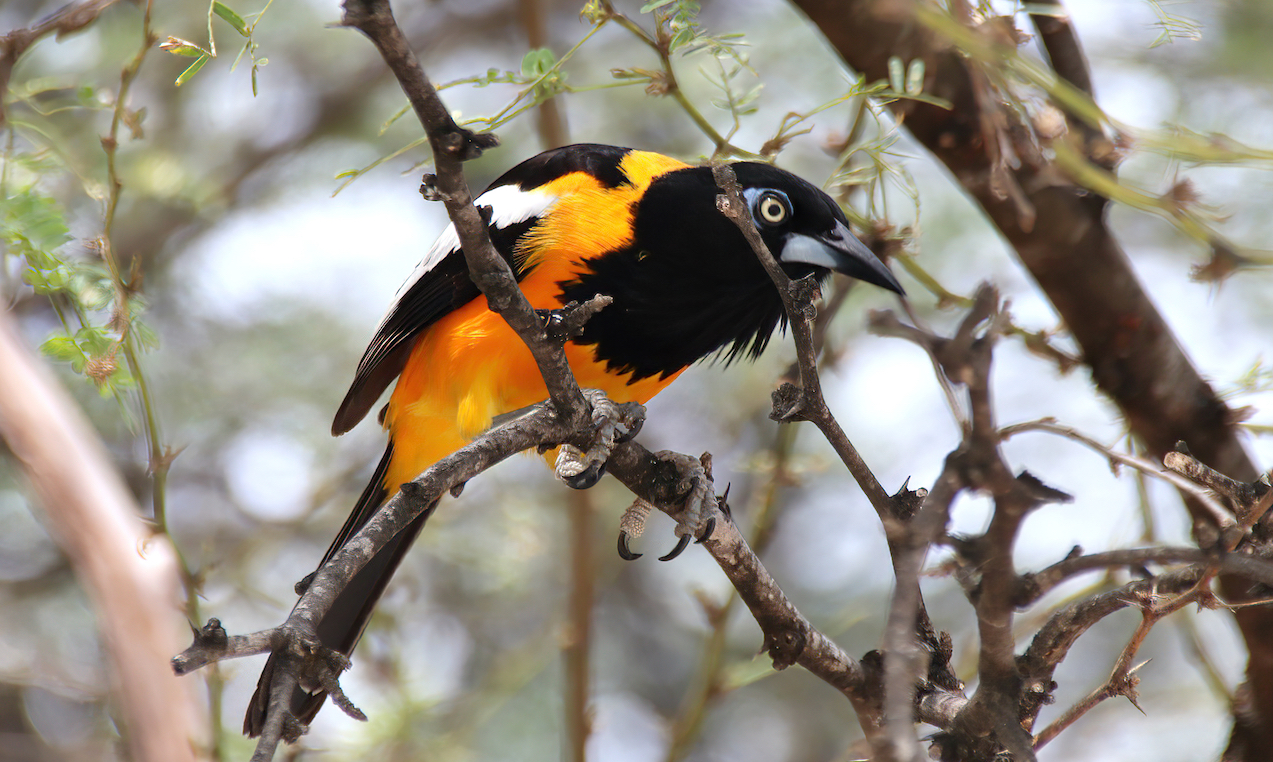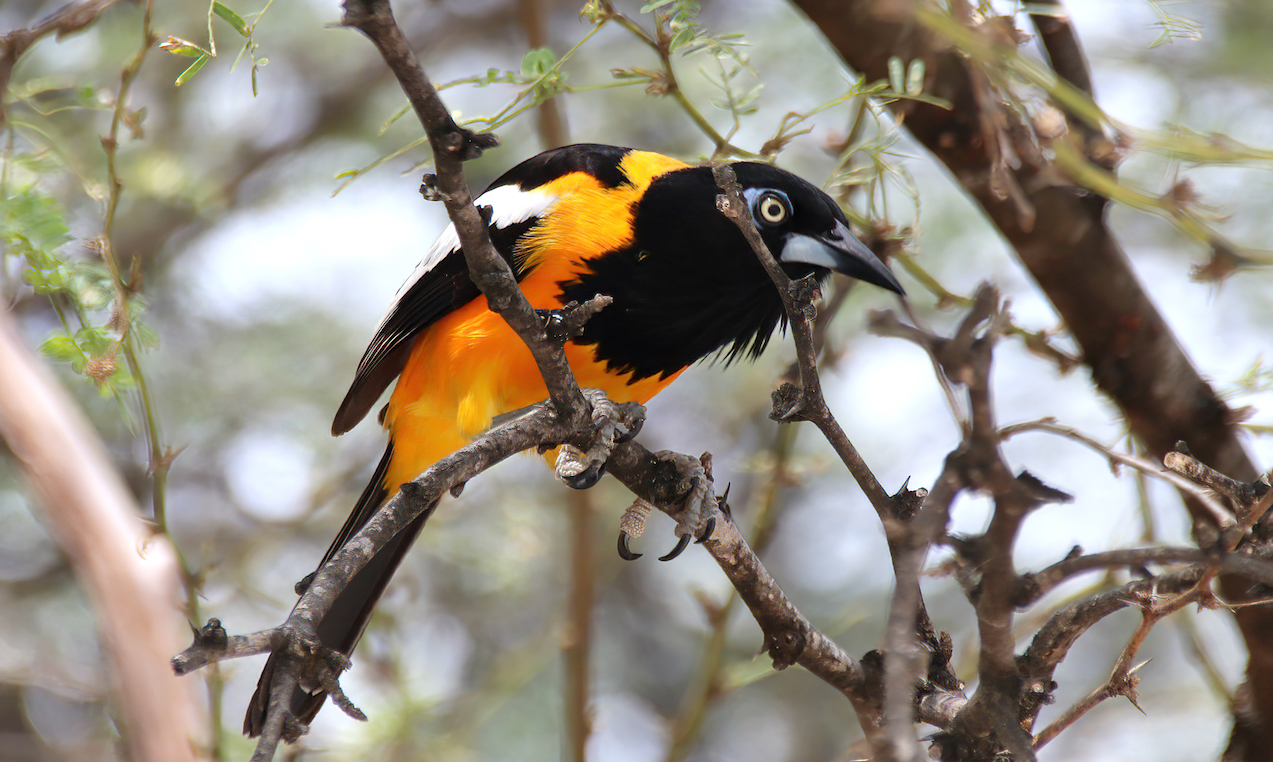Observing birds for personal enjoyment, photography, or checking them off a life list, has emerged as a growing (and to some, an addictive) pursuit.
The act of birding has discarded its antiquated image of geeks and dowdy couples wearing floppy hats and rhyming off facts about the mating habits of a Wilson’s Snipe.
In fact, the quest to see birds in the wild has become a global, multi-generational obsession. According to the most recent survey conducted by the U.S. Fish & Wildlife Service (FWS), there are an estimated 16 million travelling birders (out of 45 million bird-friendly people) spending approximately $40 billion in the United States alone, proving that birding is here to stay.
Birds are the most accessible form of wildlife to see, and birders want to see birds everywhere on the planet. The great news is that travellers can combine birding with almost everything else they do on vacation, whether that means relaxing on the beach, hiking a trail or exploring a new destination. For example, on a recent visit to Oaxaca, Mexico, my friend and I discovered that aside from the beauty of the city’s historic core, the trees throughout the area were brimming with Cinnamon hummingbirds. And in Antigua, I took photos of the bougainvillea, frangipani, and flamboyant foliage at Ffryes Beach, but it was really the blue-chinned sapphire hummingbirds that made this blissful, colourful scene even more enchanting.

For some, birding equates to the pursuit of wellness; an avian equivalent of the Japanese term ‘Shinrinyoku’ (forest bathing). A string of song from an Eastern meadowlark in Ontario, Canada; a flash of colour from a vermilion flycatcher in San Blas, Mexico; a glimpse of a Scarlet ibis in Curaçao, or a close encounter with a Cuban tody in Cuba’s Zapata Peninsula, stimulate the endorphins and produce feelings of excitement and happiness.
The ultimate reward
James Turland, a bird guide I met at the Point Pelee Bird Festival, referred to birding as the ultimate treasure hunt. “When you wake up and listen to the ‘dawning chorus’, as the birds greet the sunrise, you never know what you might see and hear,” he mused. “Even at the same destination, every day is a new game, with new excitement and new challenges.” And we know this to be true, having walked the famous Pipeline Road in Panama’s Soberania National Park many times. One day it’s White-tailed trogons, fasciated antshrikes and Crimson-crested woodpeckers, while the next day, along the same route, observers can find squirrel cuckoos, broad-billed motmots, and Purple-throated fruitcrows.

Some birders pride themselves on owning ultra-expensive zoom lenses, cameras, binoculars and field scopes, while others are perfectly happy with simple equipment to capture the spirit of their adventure, and this includes point-and-shoot cameras and cell phones. In addition, birding apps can help to identify birds, and recognize birds by their songs: The “yoink-yoink” of the crested guan in Costa Rica; the “hear me, see me, here I am” call of Jamaica’s Blue-headed vireo; and the “chonk, chonk, chonk” call of a White-tailed nightjar in Antigua.
The common set of skills that unite all birders are listening, spotting, patience, a healthy dose of enthusiasm, a love of nature and good, old-fashioned luck. For Canadians, the Caribbean remains one of the top destination getaways and each island boasts an eyeful and earful of both migratory and endemic avian discoveries.
One of the largest frigate bird colonies in the world can be found in Barbuda. The tiny bee hummingbird, the smallest in the world, visits the flowers in Cuba. The Red-billed streamertail is a native of Jamaica, while the Barbados bullfinch can only be found on that island. Travellers can meet hundreds of species throughout the region, including bananaquits, cuckoos, parrots, parakeets, snail kites, saltators, orioles, ospreys, hawks, herons, egrets, warblers, whistling ducks, woodpeckers, vireos, tanagers and more.
Some birders enjoy the camaraderie of travelling on a customized birding trip, while others may feel perfectly at home on a family vacation, where the informal opportunity to spot and hear birds takes the imagination to new heights.
The mantra of the avian adventurer is that ‘birding is not a destination; it’s a journey’. And that journey dovetails nicely into wonder, serendipity, colour, song, and ultimately, peace of mind.
—BY STEVE GILLICK





